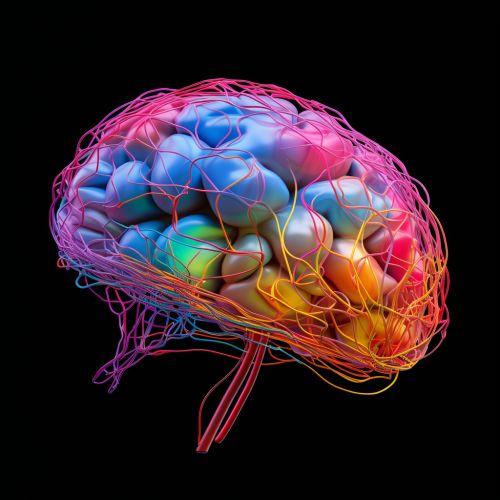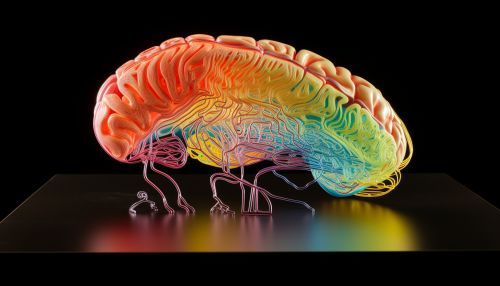Cognitive Mechanisms of Cognitive and Emotional Regulation
Overview
Cognitive and emotional regulation refers to the processes by which individuals influence their own cognitive and emotional states. These processes can be automatic or controlled, conscious or unconscious, and may have effects that are either short-term or long-term. Cognitive and emotional regulation is a critical aspect of human functioning, playing a key role in mental health, social interaction, and physical well-being.


Cognitive Regulation
Cognitive regulation involves the management of cognitive processes, such as attention, memory, and problem-solving. It is a critical aspect of executive functioning, which refers to the higher-order cognitive processes that enable individuals to control and coordinate their thoughts and actions.
Mechanisms of Cognitive Regulation
Cognitive regulation is primarily mediated by the prefrontal cortex, a region of the brain that is involved in planning complex cognitive behavior, decision-making, and moderating social behavior. The basic activity of this brain region is considered to be orchestration of thoughts and actions in accordance with internal goals.
The most common types of cognitive regulation include:
- Inhibition: This involves suppressing irrelevant or distracting information to maintain focus on the task at hand.
- Working memory: This involves holding and manipulating information in mind over short periods.
- Cognitive flexibility: This involves the ability to switch between different tasks or mental sets.
Emotional Regulation
Emotional regulation refers to the processes by which individuals influence their own emotional experiences and expressions. This can involve modulating the intensity or duration of emotional responses, inhibiting inappropriate or unwanted emotional responses, and enhancing the ability to generate desired emotional states.
Mechanisms of Emotional Regulation
Emotional regulation is a complex process that involves multiple components of the limbic system, including the amygdala, hippocampus, and hypothalamus. These brain structures are involved in the generation, experience, and regulation of emotions.
Common strategies for emotional regulation include:
- Reappraisal: This involves changing the way one thinks about a situation in order to change its emotional impact.
- Suppression: This involves inhibiting the expression of emotion.
- Mindfulness: This involves focusing on the present moment and accepting one's emotions without judgment.
Interplay of Cognitive and Emotional Regulation
Cognitive and emotional regulation are closely intertwined, as cognitive processes are often used to regulate emotional responses, and emotional states can influence cognitive functioning. For example, the use of cognitive reappraisal to reduce the intensity of an emotional response is a clear demonstration of the interplay between cognitive and emotional regulation.
Moreover, research has shown that impairments in cognitive regulation (such as deficits in attention or working memory) can lead to difficulties in emotional regulation. Conversely, chronic emotional distress can interfere with cognitive functioning, leading to problems with concentration, decision-making, and problem-solving.
Implications for Mental Health
Understanding the mechanisms of cognitive and emotional regulation has important implications for mental health. Many mental health disorders, including depression, anxiety disorders, and posttraumatic stress disorder, are characterized by deficits in cognitive and/or emotional regulation. Therefore, interventions that enhance cognitive and emotional regulation may be effective in treating these disorders.
